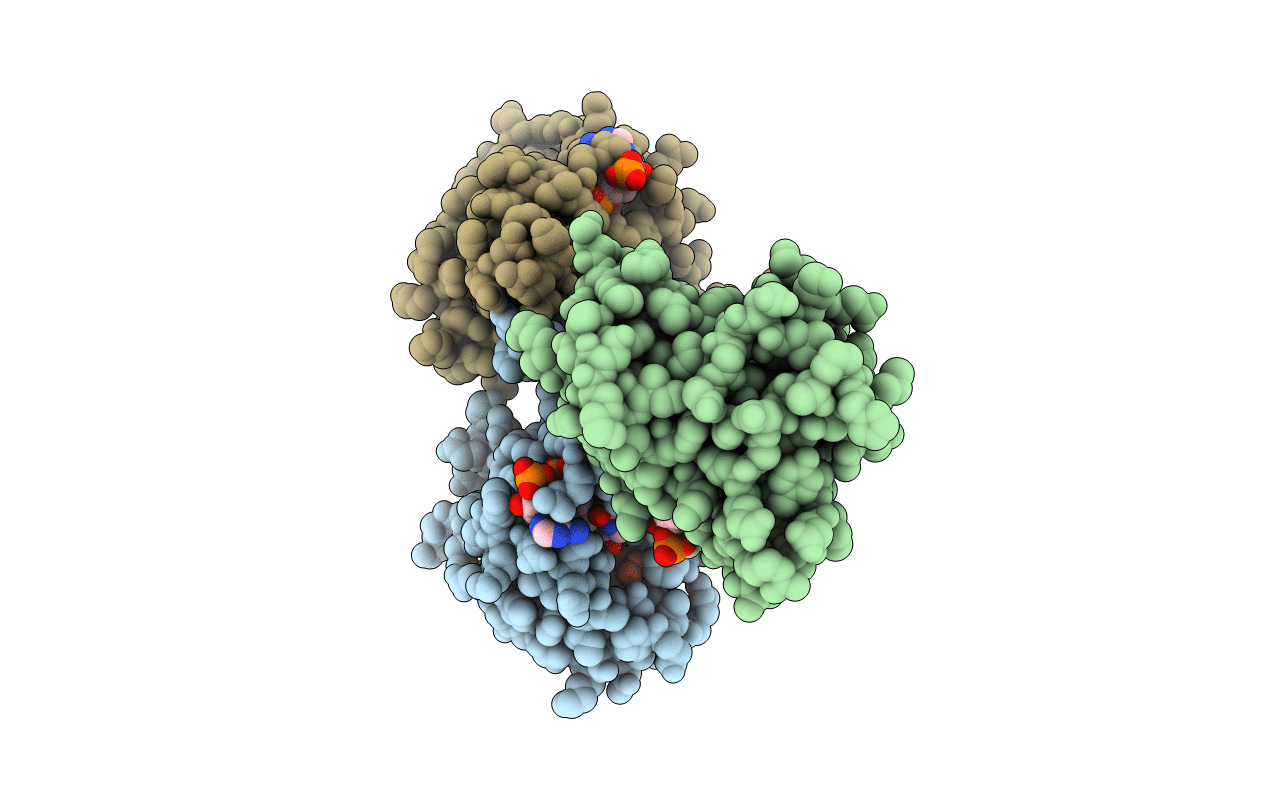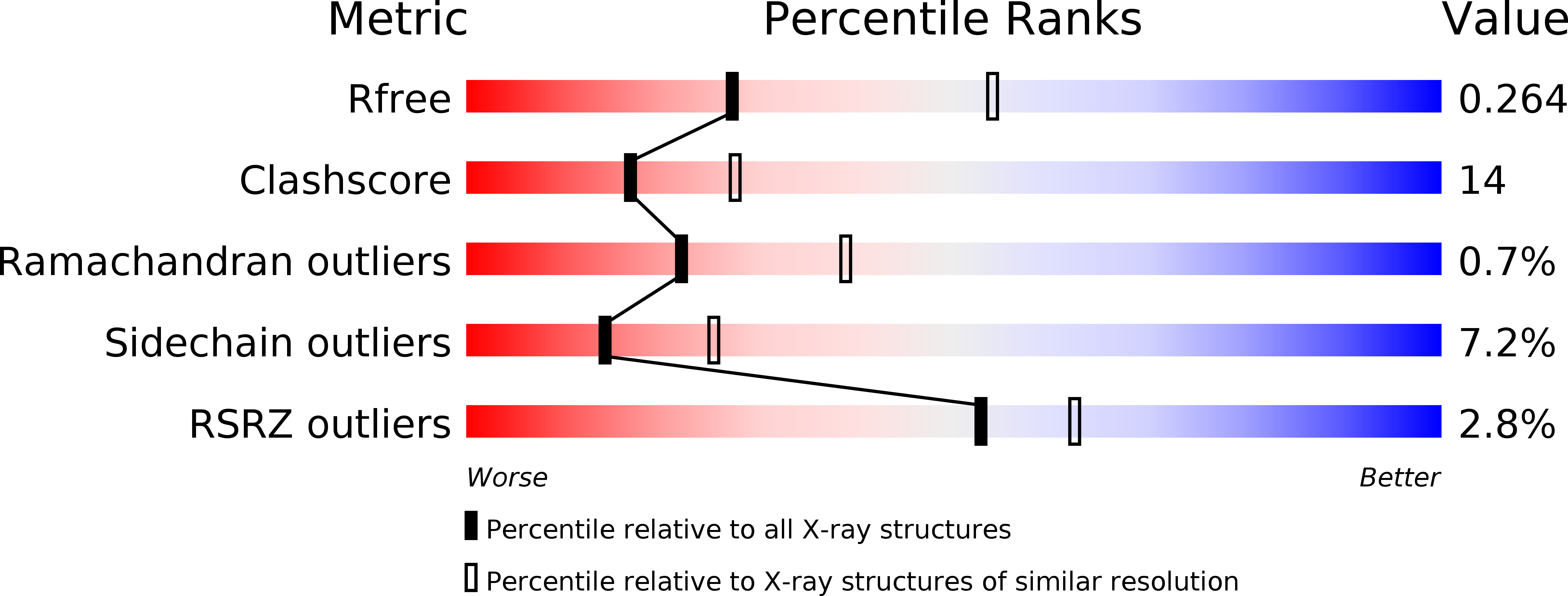
Deposition Date
2011-08-16
Release Date
2011-09-07
Last Version Date
2023-09-13
Entry Detail
PDB ID:
3TFY
Keywords:
Title:
Naa50p amino-terminal acetyltransferase bound to substrate peptide fragment and CoA
Biological Source:
Source Organism:
Homo sapiens (Taxon ID: 9606)
Host Organism:
Method Details:
Experimental Method:
Resolution:
2.75 Å
R-Value Free:
0.25
R-Value Work:
0.19
R-Value Observed:
0.19
Space Group:
P 1 21 1


